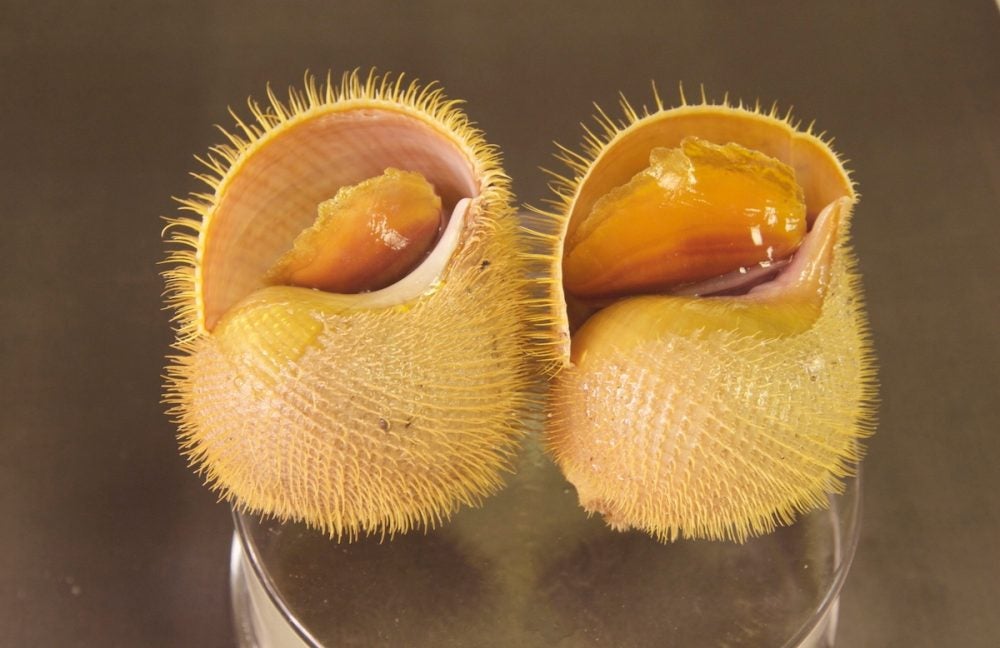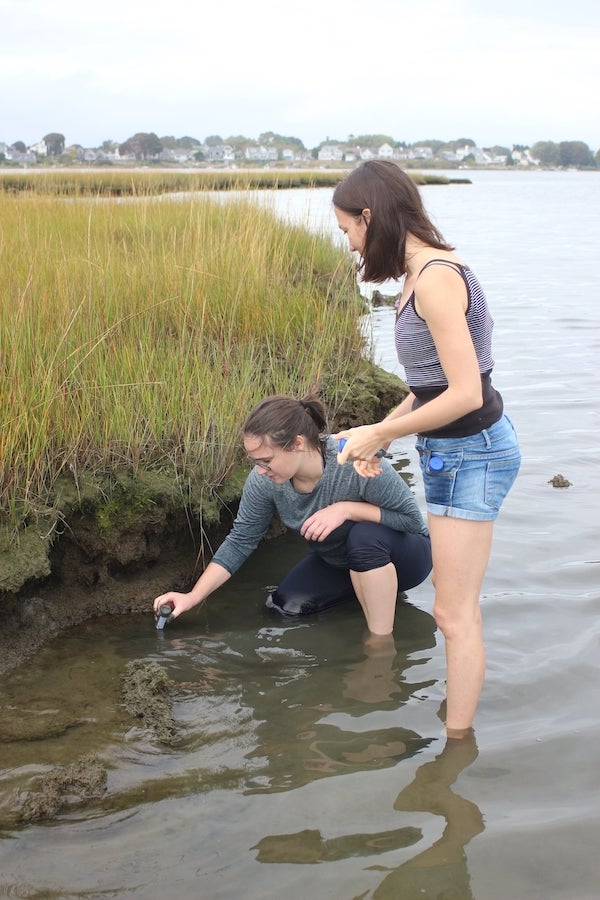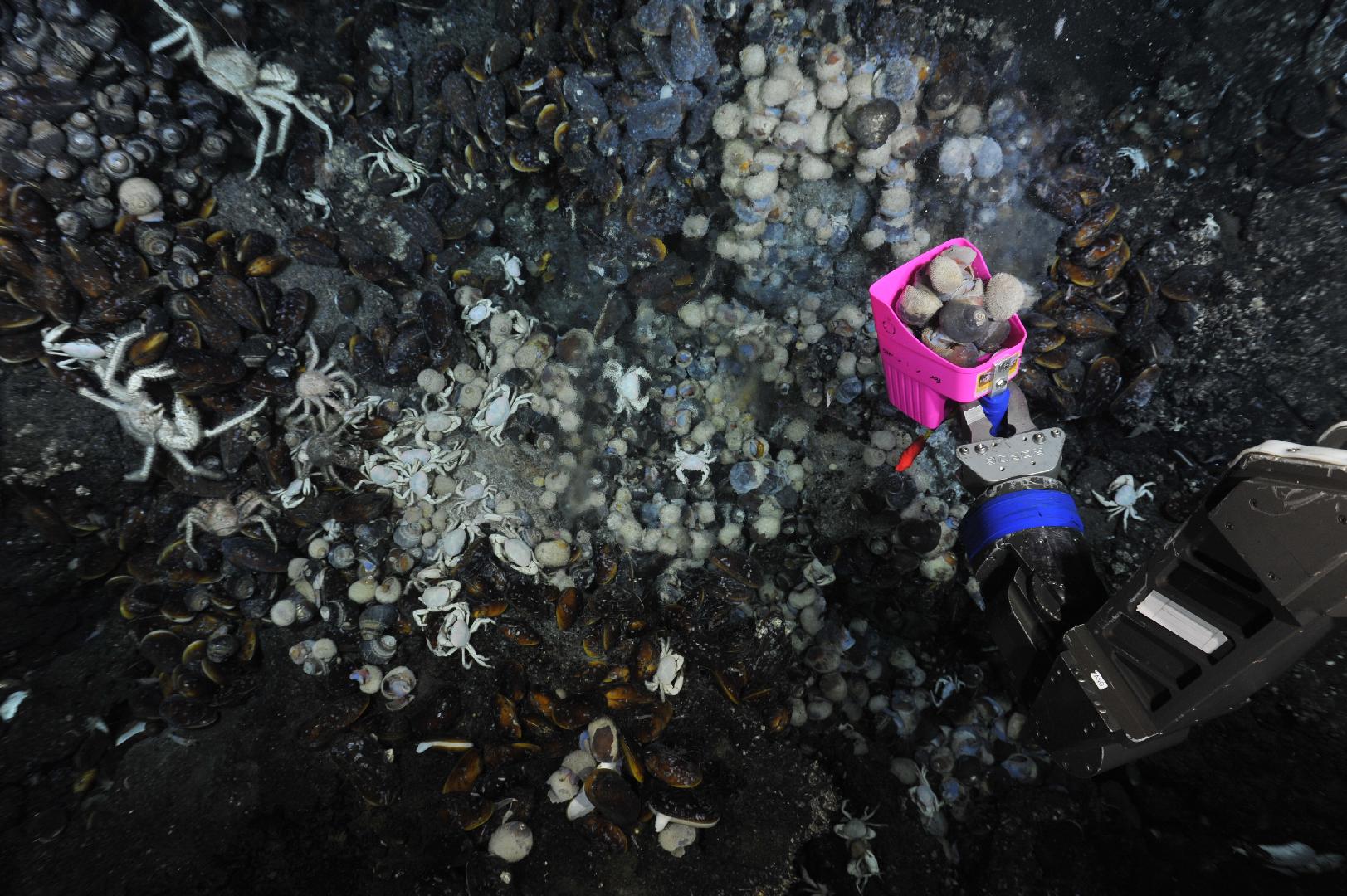URI researcher is one of the leaders in an international effort to decode the ecology and evolution of symbiosis
November 10, 2021
A University of Rhode Island scientist is one of the leaders of an ambitious genomics project that seeks to understand how aquatic species thrive together.
The Aquatic Symbiosis Genomics Project, a new collaboration between the Wellcome Sanger Institute and the Gordon and Betty Moore Foundation, will empower researchers to answer important questions about the ecology and evolution of symbiosis—where two different species live in close association—in marine and freshwater ecosystems, at a time when biodiversity is being lost at an alarming rate.
The project will sequence the genetic codes of 1,000 aquatic species—representing 500 symbiotic partnerships where at least one partner is a microbe—in a mission to understand how these organisms depend on each other for survival.
Symbiosis of marine animals with microbes covers a spectrum of relationships that have evolved independently countless times. The relationships between corals and algae are mutually beneficial, for example, with the algae receiving a home and the coral access to nutrients through photosynthesis. But little is known about how symbiotic partners adapt to one another over time, how resilient these partnerships are and how they respond to disruption.
“We’re finding that when we look at organisms in the marine environment, most if not all of them are hosting symbiotic microbes, from the largest whales to microscopic plankton,” said Roxanne Beinart, assistant professor at URI’s Graduate School of Oceanography. “Like the microbial populations living in our own guts, the microbes associated with marine organisms are critical to their health and survival. By sequencing the genomes of marine organisms and their microbial partners, we can learn more about how the evolution of symbiosis has influenced both partners, and discover what makes it possible for them to live together.”
Beinart is partnering with international teams of scientists to lead a collaboration centered on mollusks. Her lab will focus on a group of symbiotic snails from hydrothermal vents, which are deep-sea hot springs.

“These snails are an abundant foundation species at hydrothermal vents across the western Pacific and Indian oceans, but they’re considered vulnerable and endangered because of the threat of deep-sea mining in these areas,” said Beinart. “So we’re trying to sequence their genomes to understand their ecology and evolution, and to allow us to use genetic approaches to determine how their populations across the ocean are connected to one another. This may be helpful in terms of their conservation and management.”
Beinart and her colleagues are contributing tissue samples that will provide genetic material for the sequencing center at the Sanger Institute, which will isolate DNA from the tissues and then use a variety of technologies to sequence the genome.
The collection of sea snail and other mollusk tissue samples is an international effort, with samples being provided by researchers from around the globe.
“All of the deep sea snail samples that we are submitting came from previous expeditions to the western Pacific and Indian oceans,” said Beinart. “These are species that live over a mile deep in the ocean, so researchers had to use submersibles and remotely operated vehicles (ROVs) to collect them for various purposes. Now we’re going back to our archives to submit them as samples for this project.”

Beinart is also a member of another Aquatic Symbiosis Genomics Project team focused on single-celled organisms called ciliates, and their symbiotic partners. She and members of her lab at the URI Bay Campus stayed close to home and gathered Rhode Island microbes collected from local salt marshes and coastal ponds. These ciliates are ubiquitous members of the natural microbial communities living in coastal mud, where symbiosis with another microbe allows them to thrive without needing to breathe oxygen. The genomic data produced as part of the project will allow Beinart and her team to better understand how the two partners join forces by linking their metabolisms to one another.
Genomic data from the samples collected by Beinart and researchers from around the world will empower scientists to investigate the evolution of symbiotic organisms, their place on the tree of life and how they live together. Access to genomic information, which will be made publicly available, will also be used to address some of the most urgent conservation challenges in oceans, rivers and lakes.
“Despite being mostly invisible to us, symbiotic microbes play a powerful role in the survival and health of life on this planet, including in the ocean,” said Beinart. “The unprecedented number of genomes that are generated as part of this project will help us learn how these partnerships evolved and function in today’s ocean, and will lay the foundation for their conservation.”

